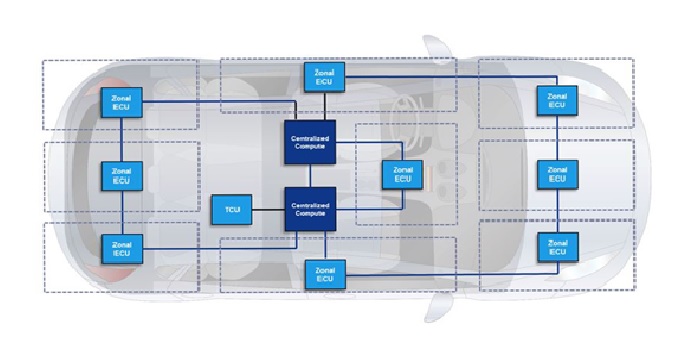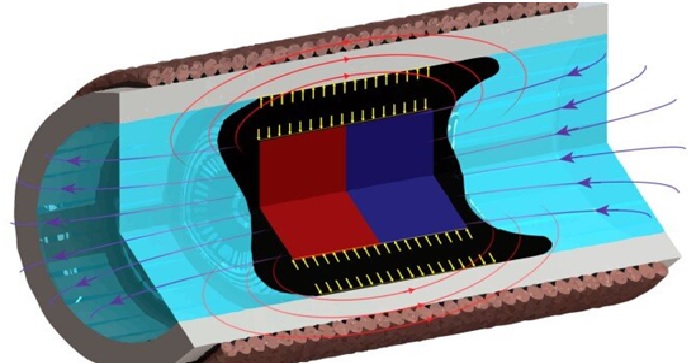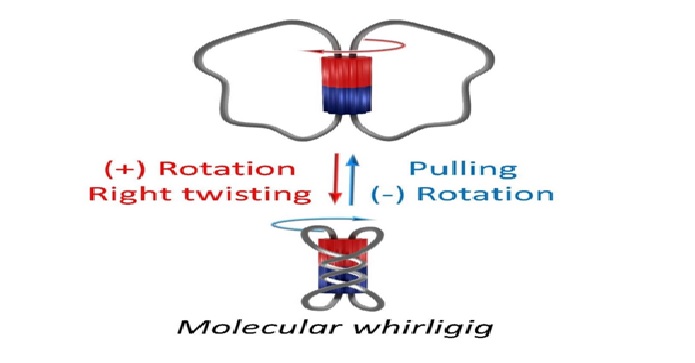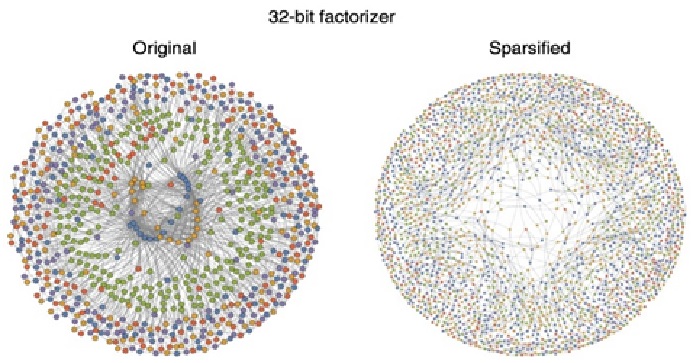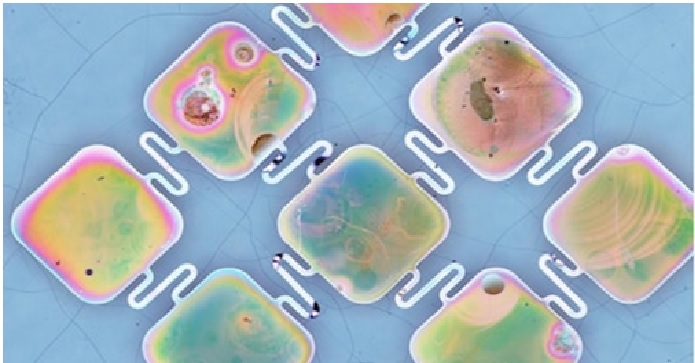Space Agriculture Boldly Grows Food where No One has Grown Before
Whether to spend money on outer space exploration or to apply it to solve serious problems on Earth, like climate change and food shortages, is a contentious debate.
But one argument in favour of space exploration highlights benefits that do, in fact, help study, monitor and address serious concerns like climate change and food production. As access to space increases, the potential for terrestrial benefits directly tied to space exploration grow exponentially. [1]

Figure 1. Space Agriculture Boldly Grows Food where No One has Grown Before
Figure 1 shows for example, agriculture has been improved significantly through the application of space-based advances to terrestrial challenges. It is now increasingly likely that food items have been produced with the assistance of space-based technologies, like freeze-dried foods, or through the use of crop monitoring from space-based observatories.
Monitoring farmlands
Monitoring farmlands Satellite monitoring is arguably the most realised benefit of space for farming. Like mindful eyes in the sky, satellites watch over the farmlands across the globe day and night. Specialised sensors on relevant satellites (for example, NASA’s Landsat, the European Space Agency’s Envisat and the Canadian Space Agency’s RADARSAT) monitor various parameters relevant to agriculture. [2]
Plant science
It’s not only lifeless machines that dwell in space. Humans have managed to survive and grow plants in low-Earth orbit aboard several spacecraft and stations. Space is the ultimate “harsh environment” for life to exist in, including plants, due to such novel stressors as cosmic radiation and lack of gravity.
Space biologist Anna-Lisa Paul describes plants as being able to “reach into their genetic toolbox and remake the tools they need” to adapt to the novel environment of space. The new tools and behaviours expressed by plants under spaceflight conditions could be used to solve challenges facing crops in Earth’s changing climate. [3]
Space agriculture, Earth benefits Considering the constraints of space, crop production techniques need to be more energy-efficient and require minimal human input. Crops need to also be nutrition-rich, with the ability to withstand high-stress environments. These features are also desirable for crops on Earth.
Scientists are developing a more resource-efficient potato crop where the whole plant can be consumed, including roots, shoots and fruits. Such crops will play a pivotal role in addressing food and nutritional security on Earth and in space. [4]
References:
- https://newslogic.in/technology/space-agriculture-boldly-grows-food-where-no-one-has-grown-before-3149956rss-gadgets-all/
- https://theprint.in/world/space-agriculture-boldly-grows-food-where-no-one-has-grown-before/1035125/?amp
- https://theconversation.com/space-agriculture-boldly-grows-food-where-no-one-has-grown-before-184818
- https://gadgets360.com/science/features/space-agriculture-boldly-grows-food-where-no-one-has-grown-before-3149956
Cite this article:
Thanusri swetha J (2022), Space Agriculture Boldly Grows Food where No One has Grown Before, AnaTechMaz, pp.228




